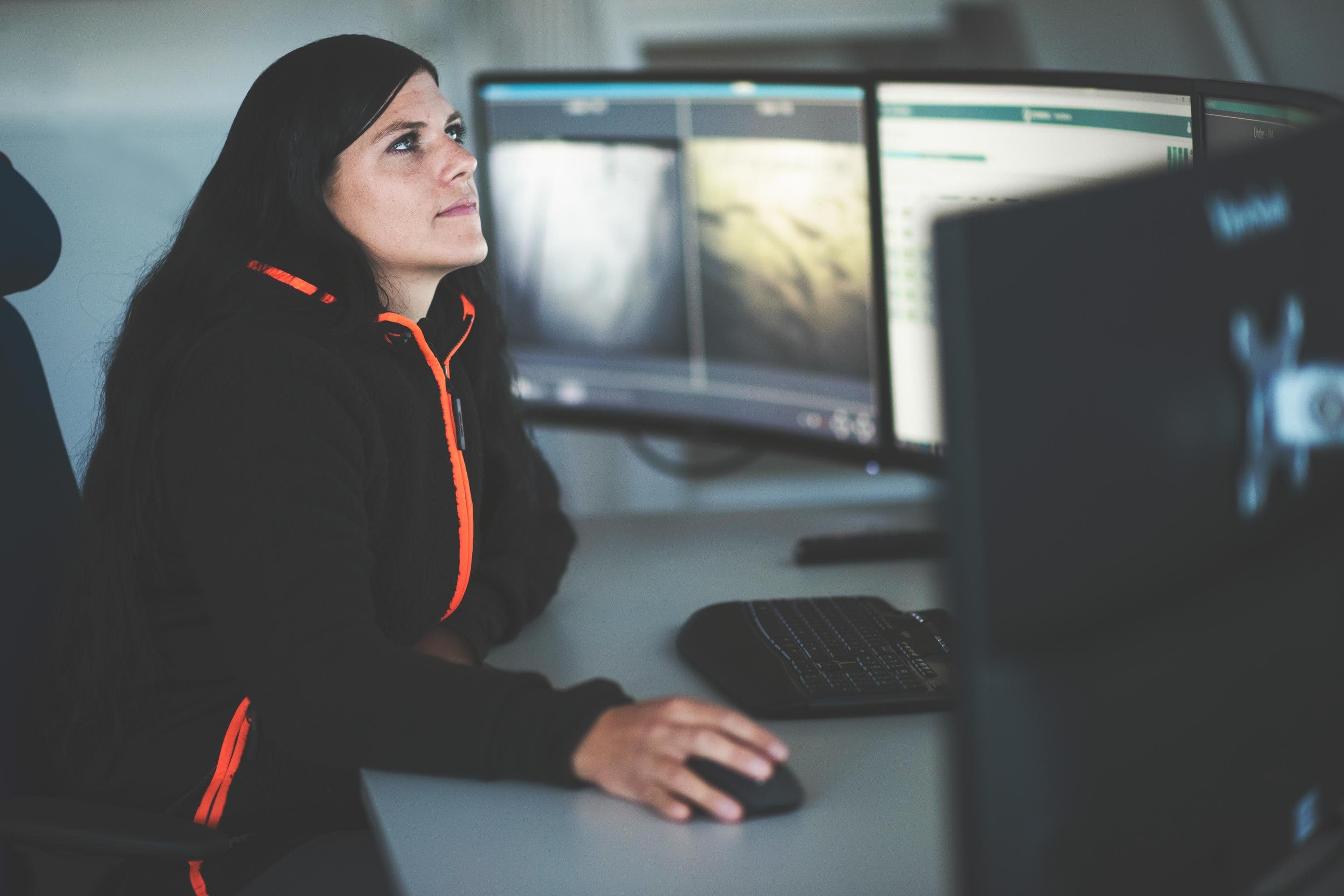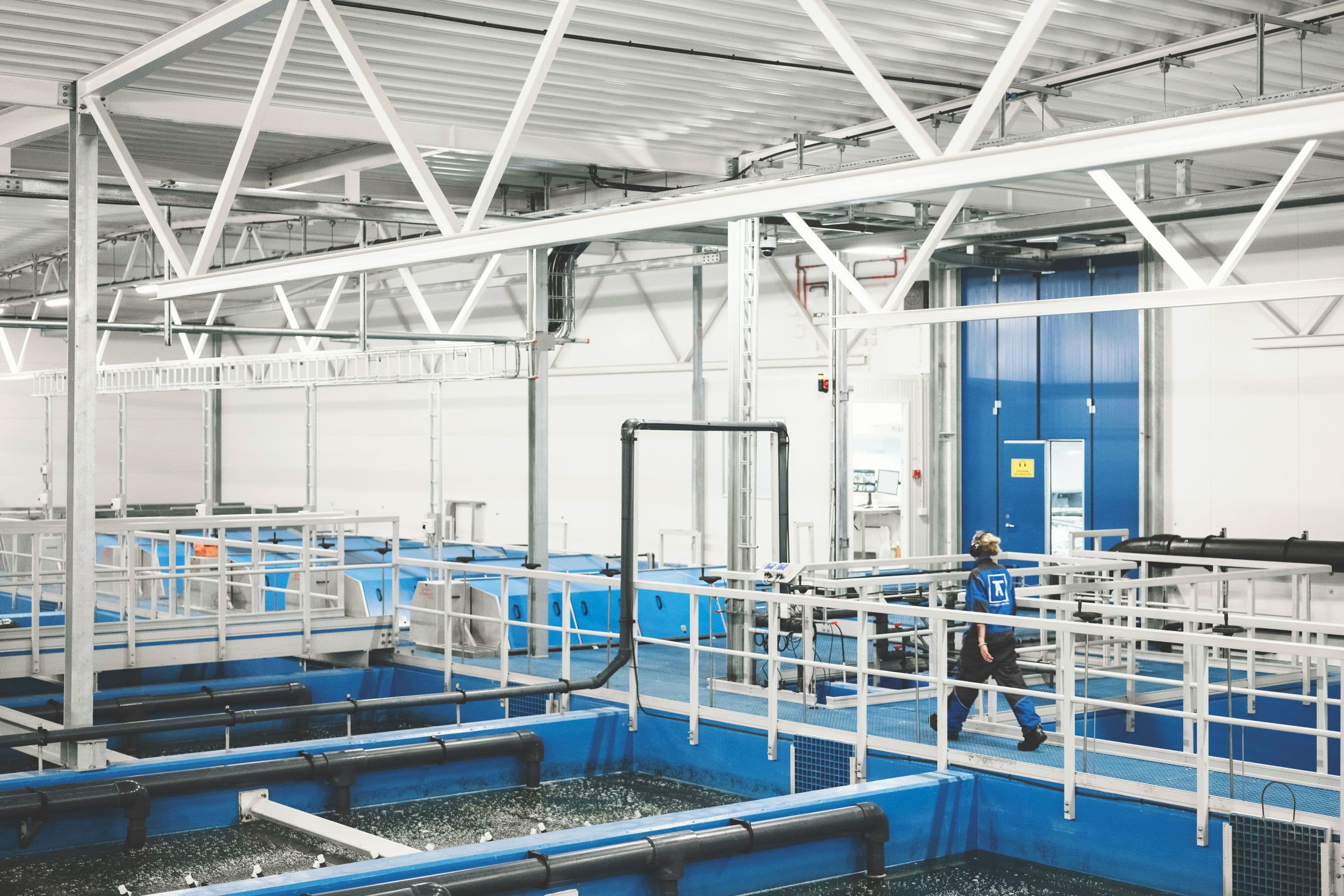
“Grieg Seafood Precision Farming” is our concept for digitalizing farming operations, where we apply advanced sensors, data analytics, artificial intelligence, and automation with the aim of supporting our farmers to take insight-based decisions before eventual negative impact occurs by utilizing prediction models based on data acquisition as early as possible in everyday operations. The aim is to work more preventatively, improve fish welfare, reduce our impact and improve our farming. We are gaining positive results by combining experience-based knowledge and data-based insight in our projects.
Big data analyses on previously unknown connections between the fish and the environment provide insights for strategic decision making. The use of digital tools and dashboards, providing real-time data on various farming parameters to operational centers as well as to farmers, aims to improve tactical and operational decisions. They also allow us to benchmark on new parameters and learn better from best practice. We aim to be able to predict negative events early, enabling us to apply preventative measures and improve management decisions. The result is expected to be increased growth, reduced environmental impact, improved fish welfare, increased productivity and lower costs
Utilizing data analytics to improve
We are working on a number of analytics projects, such as:
- Analyzing contributing factors to Yellow mouth disease in BC, where we have developed prediction models and dashboard for visualization for potential outbreak of Yellow mouth. The project is a collaboration with the University of Alberta. The findings in the analysis have given input for optimizing the production cycle at exposed sites in BC.
- Analyzing the drivers behind unexpected mortality on specific sites in Rogaland, by tracing the fish all the way back to the genetic providers. The results are to be further investigated.
- Analyzing reasons for harvest deviations in Finnmark and Rogaland, gaining more insight in optimized transfer of fish throughout the production cycle.
- Analysis to find markers in the data for where and why we experienced the outbreak of parasite Spironucleus salmonicida in Finnmark. Findings have initiated investment in risk mitigation initiatives in our freshwater facility.
We have developed machine learning models that can forecast growth, mortality, and the likelihood of treatments and diseases like PD and ISA occurring in populations at sea, several days in advance.
Operations centers in the regions
We are setting up integrated operation centers in both Newfoundland and Finnmark as a continuation of our strategy to strengthen our seawater production by enforcing the utilization of digital capabilities in the group. Both centers will be built to the same design and with similar capabilities as we are running in Rogaland. These centers go beyond feeding operations, and has gradually taken over responsibility and execution of several production-related tasks. An integrated management and control system monitors and provides decision support to farming processes.
The goal is to improve fish health and welfare through closer monitoring with early warning algorithms, better coordination of on-site operations and optimizing the feed factor.

